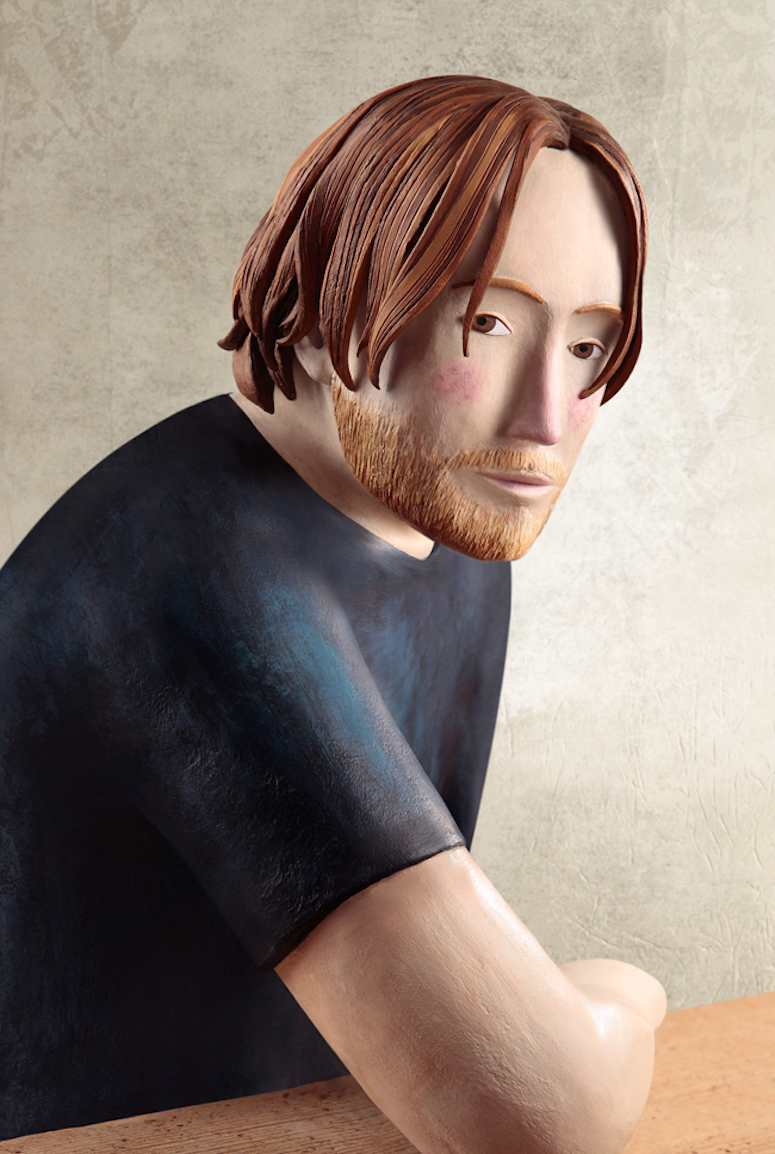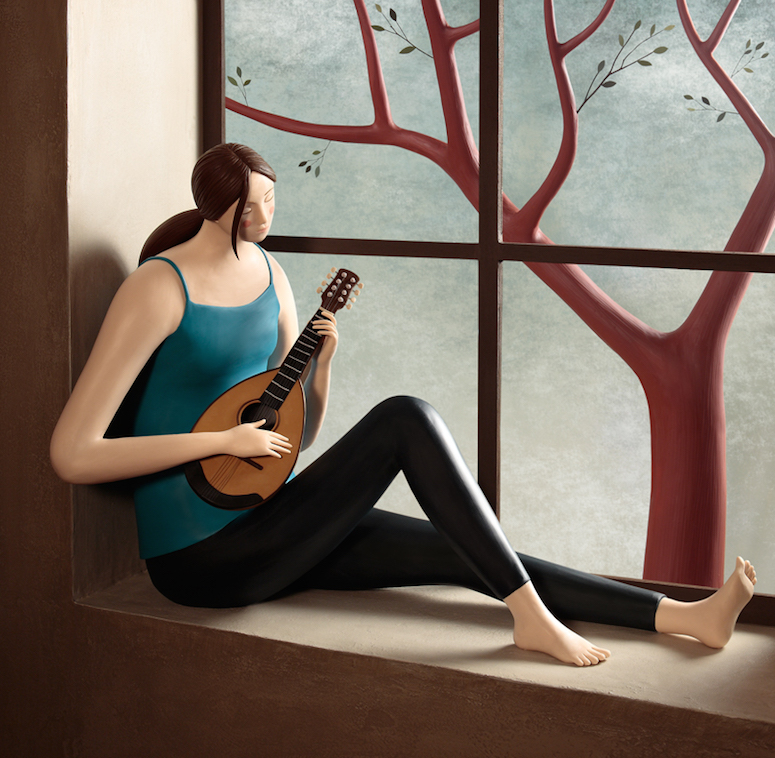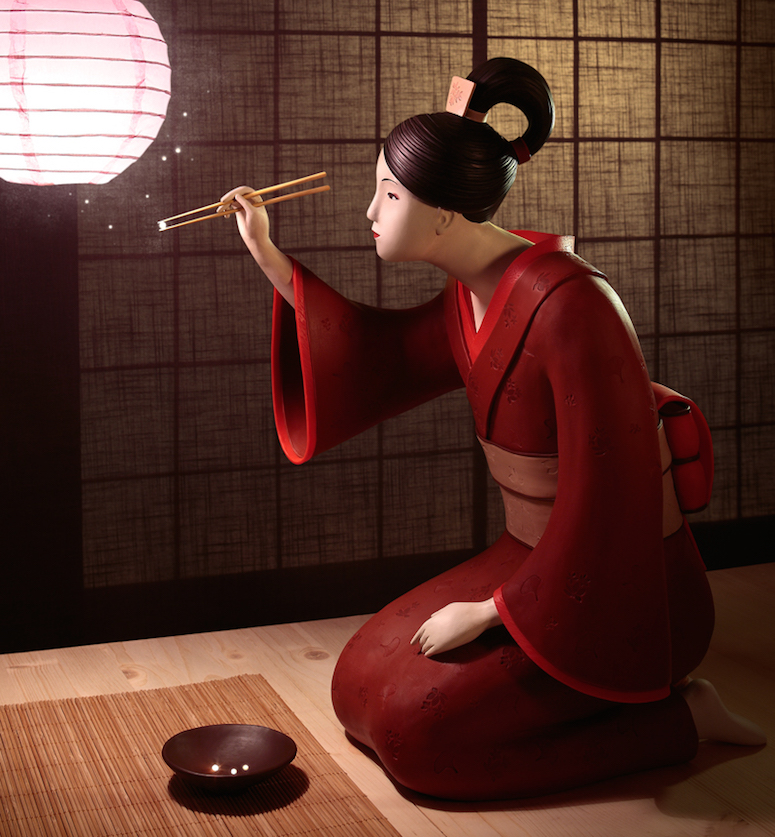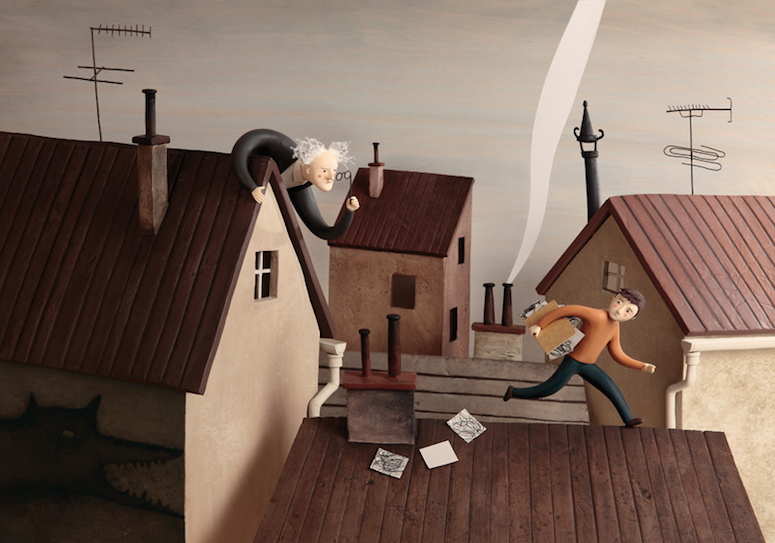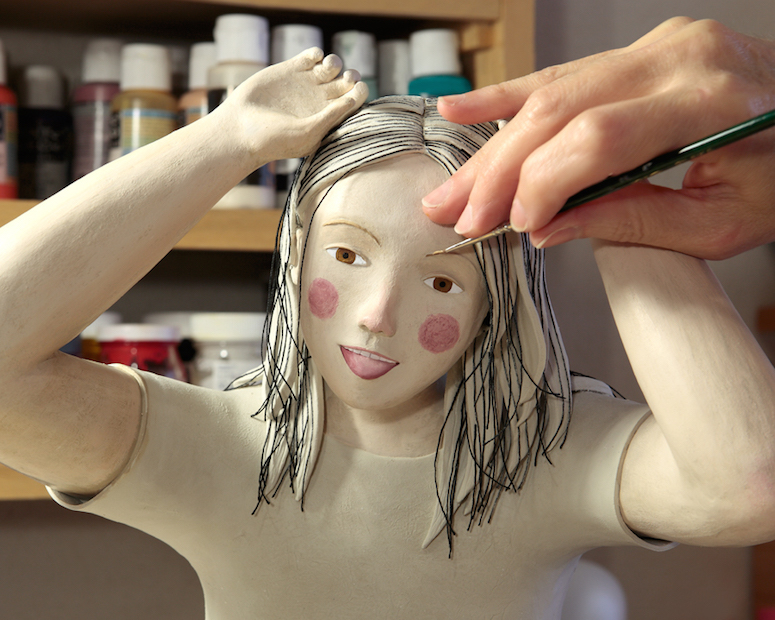
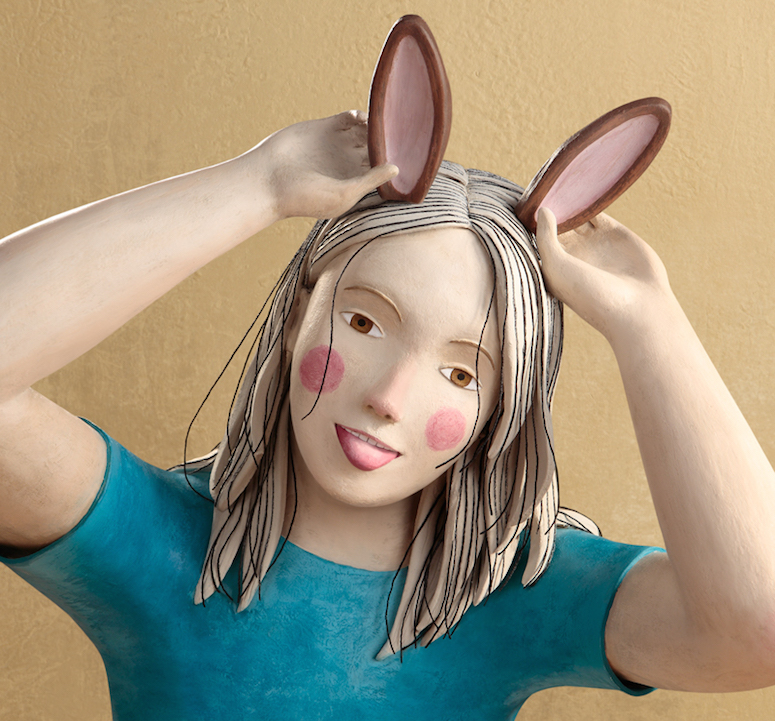 It’s another installment of How Did You Do That?, a series that focuses on how makers create the things that we love. So far, we’ve learned how Nancy Liang crafts her spooky GIFs and had a peak into Tinybop’s intensive app-making process. Now, Irma Gruenholz shares how she forms her whimsical 3D illustrations.
It’s another installment of How Did You Do That?, a series that focuses on how makers create the things that we love. So far, we’ve learned how Nancy Liang crafts her spooky GIFs and had a peak into Tinybop’s intensive app-making process. Now, Irma Gruenholz shares how she forms her whimsical 3D illustrations.
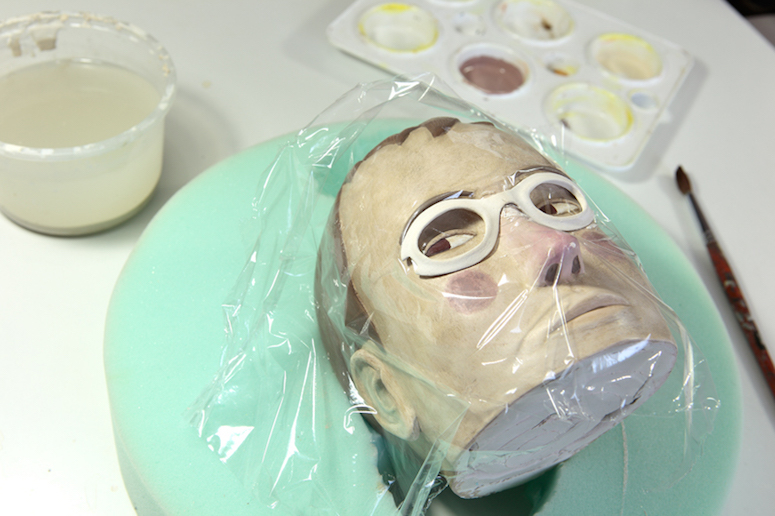
Brown Paper Bag: How do you prepare to create your clay illustrations? Do you do a lot of sketching beforehand or make any sort of mock-ups for how they’ll look?
Irma Gruenholz: I do not make sketches in detail, and I prefer to delve into the illustration working directly in volume so I begin to model as soon as I have the path clear. My sketches are very schematic drawings to help me direct the illustration and specify the materials and a palette that I will use, rather than an action map.
Sometimes I build quick sketches in three dimensions with foam board and plasticine to check dimensions, composition, and framing.
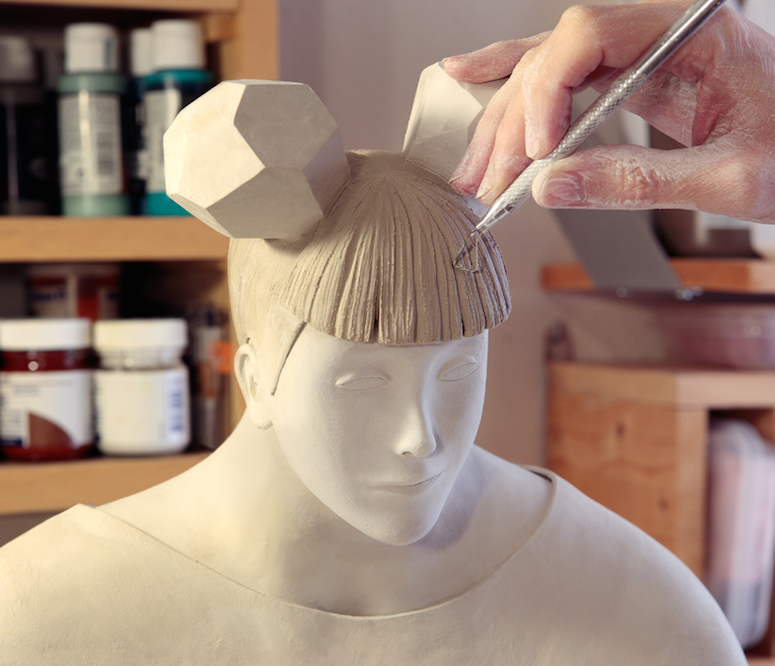
BPB: Give us an idea of your process — do you always work in the same way?
IG: The process varies greatly depending on whether it is an ad, a book, an article… but I can summarize the process in the following common steps:
First, I read the brief or text carefully and emphasize what I consider most important, and in a second reading I point out the first ideas. Then, I look for documentation on the subject (if that is required.) After gathering all the information, I start to develop concepts and make sketches. As I have previously said, I do not make sketches in detail, I prefer to delve into the illustration working directly in three dimensions.
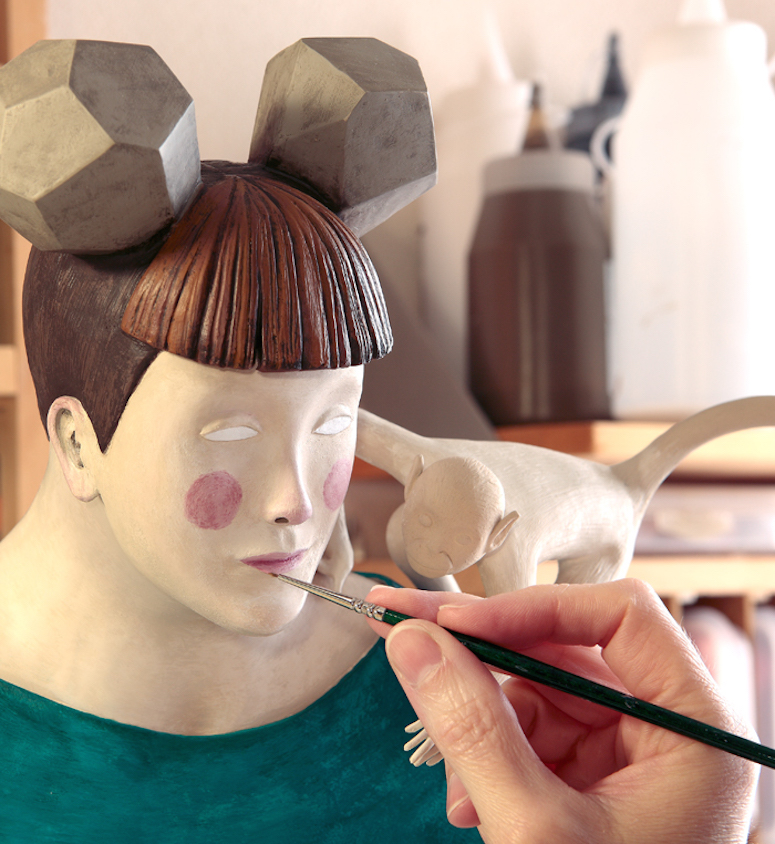
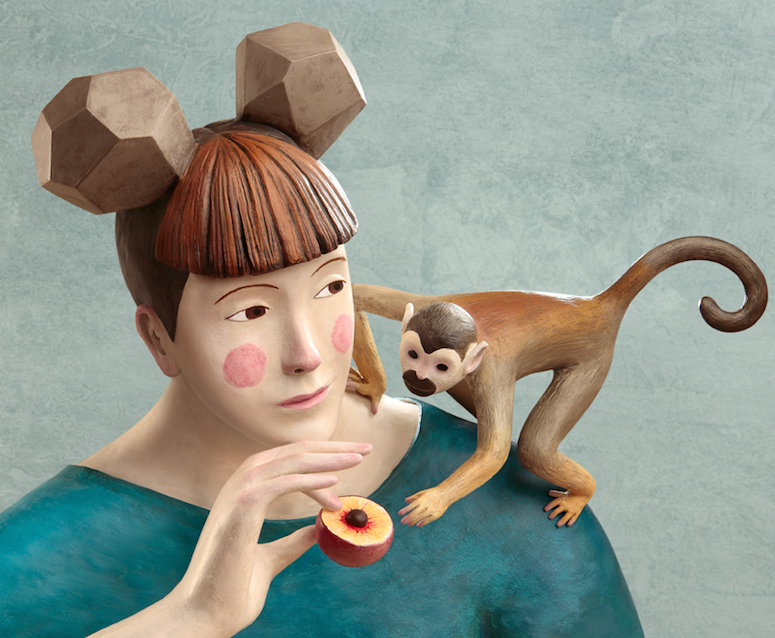
IG (answered continued): Once the sculpture is completed I take a photo, it is a very important step in my work and at this point lighting and framing are essential to building the proper atmosphere in the scene. Then I retouch the image digitally, if it’s necessary to remove clamps and I shade or stick out lights and shadows.
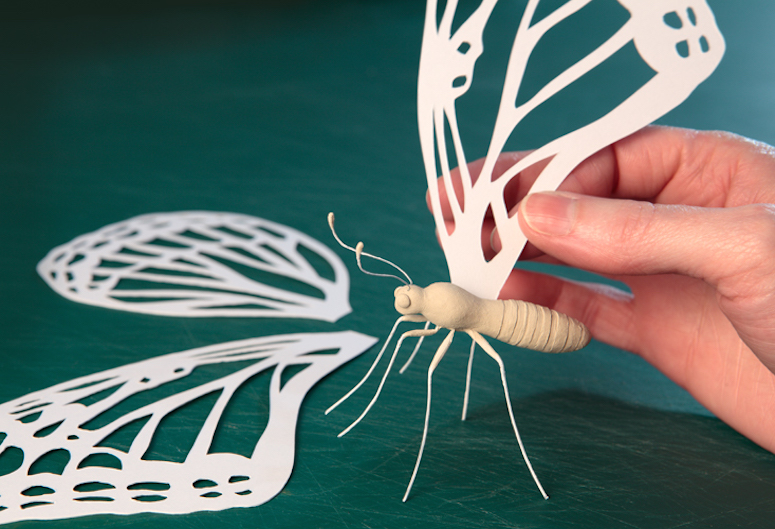
BPB: Each piece has a lot of delicately-crafted parts that make up the whole composition. What types of materials/tools do you use to achieve this level of detail?
IG: The main materials I use in my work are plasticine and clay. If the piece dictates, I often combine clay with various materials such as paper, metal, wood, found objects… I love working with all kinds of elements and textures, exploring the possibilities of each project. This is the feature that I most like of working in three dimensions — you can incorporate all kinds of materials depending on the piece. The creative process is very exciting.

BPB: Have you always made sculptures? What inspired you to create illustrations in this way?
IG: Modeling clay is something I’ve done since I was child. I felt a special attraction to the three-dimensional objects and miniatures. I spent hours and hours playing with clay, I wrote stories and then I modeled characters.
Making three-dimensional illustration was a natural way for me, It is something that I had always done. It was a matter of thinking about the role of these sculptures, which I want to convey through them and find my own language.

BPB: How long does an illustration take you to complete?
IG: The time I take each project depends on the complexity of illustration. For example, a simple illustration, without background, I take 4 days. While a complex illustration I take one month. The range is very wide.
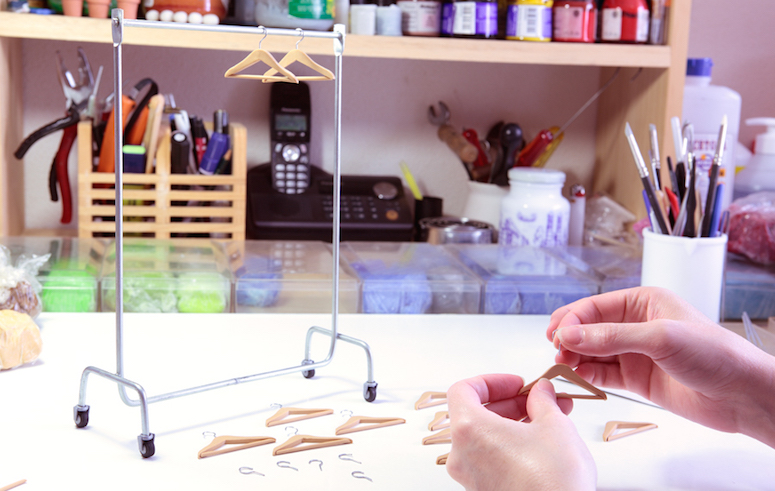
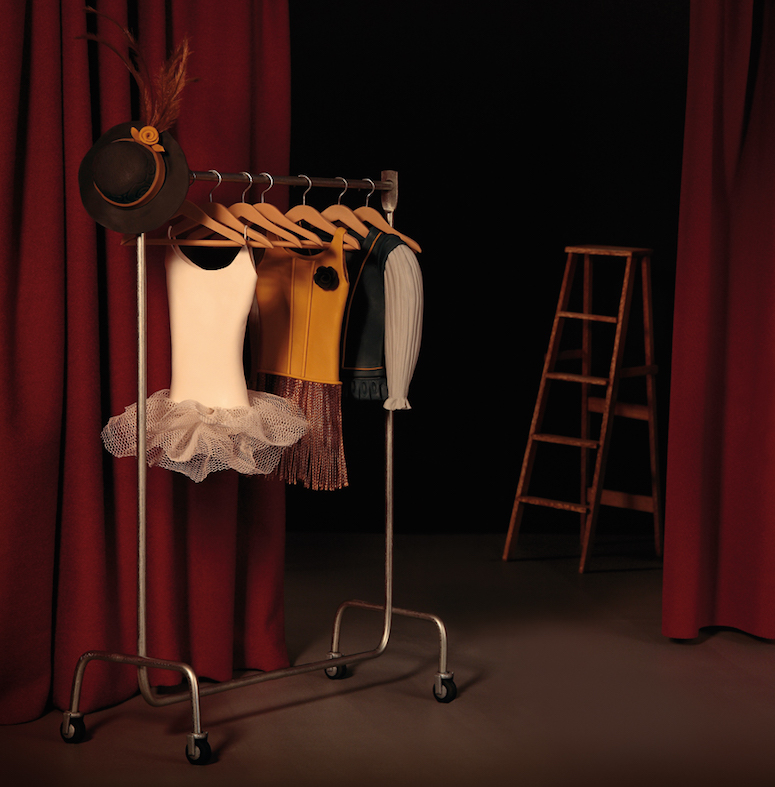
BPB: Do you have any tips for working in 3D? Any books/videos/etc that have been helpful for you?
IG: My academic background is in Graphic Design which gave me a sound grounding for my work as illustrator, but I have not received specific training on illustration or sculpture. In this regard, it could be said that I am self-taught.
I have been collecting tips while I work, it’s a hit-and-miss process. I also look for information in books and videos about sculpture, painting, photography, illustration… but I haven’t one [book, video, etc] in particular.

Thanks, Irma! Be sure to follow her on Tumblr and Facebook. Here are some more of her incredible creations:
